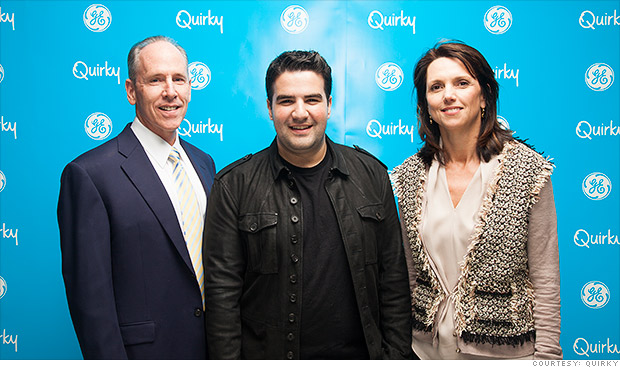Developing the Skills and Mindset to Drive Successful Change

GUEST POST from Art Inteligencia
Change is inevitable in today’s fast-paced business environment. Effective change leadership is crucial for organizations to navigate through complex transformations successfully. Change leaders are those who possess both the skills and mindset necessary to drive successful change initiatives. In this thought leadership article, we will explore the essence of change leadership and delve into two notable case studies that exemplify the power of developing these skills and mindset.
Case Study 1: Apple Inc. – Steve Jobs’ Reinvention
Apple Inc., under the visionary leadership of Steve Jobs, serves as a prime example of change leadership. After a period of stagnation and declining sales in the late 1990s, Jobs returned to Apple in 1997 to revitalize the company. He recognized the need for a significant change in the company’s product portfolio and overall strategy.
Jobs’ first step was to shift Apple’s focus from a hardware-centric to a user-centric approach. He emphasized simplicity, innovation, and design as the core principles guiding the company’s product development. Jobs leveraged his mastery of storytelling to communicate this shift effectively, inspiring both his employees and customers.
Internally, Jobs fostered a culture of relentless passion and dedication to excellence. He instilled a sense of urgency and encouraged free-thinking across all levels of the organization. By developing a shared vision and empowering his team, Jobs successfully led Apple’s transformation into a global leader, revolutionizing industries with iconic devices like the iPhone and iPad.
This case study highlights the importance of change leadership in driving profound organizational transformations. Creating a clear vision, inspiring a sense of purpose, and fostering a culture of innovation are all critical components that change leaders must possess.
Case Study 2: General Electric (GE) – Jack Welch’s Cultural Revolution
Another exemplary case study of change leadership is Jack Welch’s tenure as CEO of General Electric (GE) from 1981 to 2001. Welch recognized that GE needed a significant cultural overhaul to thrive in a rapidly evolving business landscape.
He initiated a relentless commitment to enhancing GE’s operational efficiency, relentlessly pushing for change throughout the organization. Welch championed the concept of “boundaryless” behavior, encouraging open communication and collaboration across diverse teams and departments. He saw the need for a flatter hierarchical structure that empowered employees to make decisions and take ownership of their work.
Welch implemented the highly influential “Rank and Yank” policy, where the bottom-performing 10% of employees were consistently removed. This critical decision, while controversial, created a strong sense of urgency and accountability, ultimately fostering a culture of high performance and continuous improvement.
Under Welch’s leadership, GE transformed from a bureaucratic conglomerate into a lean and agile powerhouse, positioning itself at the forefront of various industries.
This case study emphasizes the significance of a change leader’s ability to create a culture that embraces continuous improvement and empowers employees. Driving change requires not only a strategic vision but also the cultivation of a positive and supportive environment that incentivizes innovation and risk-taking.
Conclusion
Change leadership is imperative for organizations seeking successful transformations in today’s business landscape. By examining the case studies of Apple Inc. under Steve Jobs’ reinvention and General Electric’s cultural revolution led by Jack Welch, we observe the critical attributes of effective change leaders. These attributes include a strong vision, effective communication, inspiring storytelling, fostering a culture of innovation, and empowering employees. Through developing the necessary skills and mindset, individuals can become change leaders capable of driving successful change, shaping the future direction of businesses, and fostering growth and innovation.
Bottom line: Futurology is not fortune telling. Futurists use a scientific approach to create their deliverables, but a methodology and tools like those in FutureHacking™ can empower anyone to engage in futurology themselves.
Image credit: Pixabay
![]() Sign up here to get Human-Centered Change & Innovation Weekly delivered to your inbox every week.
Sign up here to get Human-Centered Change & Innovation Weekly delivered to your inbox every week.

 I was watching our Seattle Seahawks lose to the Green Bay Packers on Sunday and was surprised to see a series of television ads air during the game from GE, not touting how great their products are, but why GE is a great place for software developers to come work.
I was watching our Seattle Seahawks lose to the Green Bay Packers on Sunday and was surprised to see a series of television ads air during the game from GE, not touting how great their products are, but why GE is a great place for software developers to come work.



